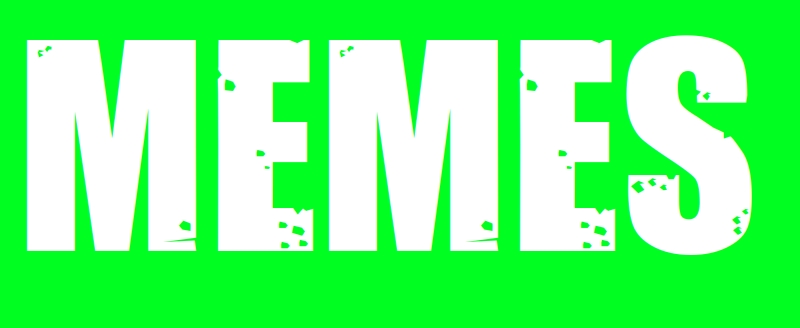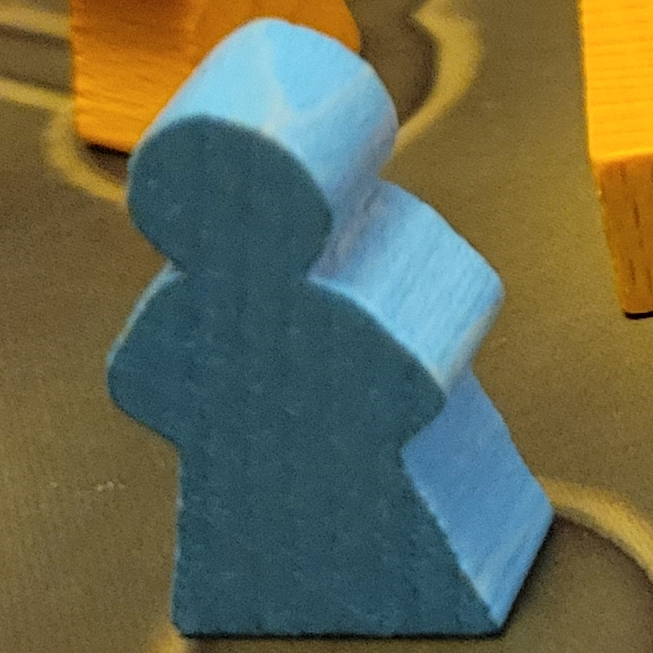

Sure you can move some parts of the conversation to a review session, though I think the answers will be heavily influenced by hindsight at that point. For example, hearing about dead end paths they considered can be very informative in a way that I think candidates assume is negative. Nobody expects you to get it right the first time and telling the interviewer about your binary tree solution (that actually doesn’t work) can be a good thing.
But the biggest problem I think with not being in the room as an interviewer is that you lose the opportunity to hint and direct the candidate away from unproductive solutions or use of time. There are people who won’t ask questions about things that are ambiguous or they’ll misinterpret the program and that shouldn’t be a deal breaker.
Usually it only takes a very subtle nudge to get things back on track, otherwise you wind up getting a solution that’s not at all what you’re looking for (and more importantly, doesn’t demonstrate the knowledge you’re looking for). Or maybe you wind up with barely a solution because the candidate spent most of their time spinning their wheels. A good portion of the questions I ask during an interview serve this purpose of keeping the focus of the candidate on the right things.



We butchered humanlike / 10